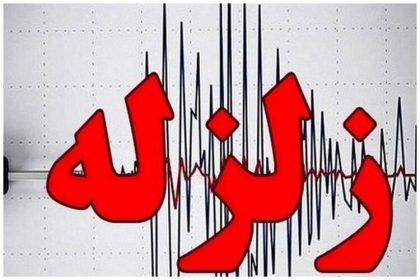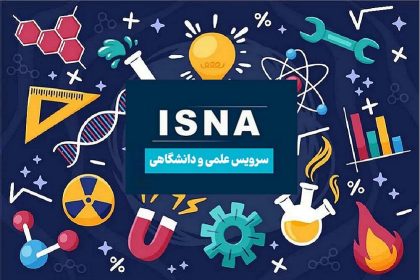A team of researchers from the South Australian Health and Medical Research Institute (SAHMRI) has succeeded in identifying a new type of progenitor cells that have the potential to revolutionize the field of tissue repair and regeneration.
According to the scientific news department of Techna Technology Media, these progenitor cells, called EndoMac, are able to differentiate into two important cell types: endothelial cells that form blood vessels and macrophages that play a key role in the immune response and tissue repair. Dr. Sanuri Liyange, the leader of this research, states that these cells are activated in response to injury or reduced blood flow and multiply rapidly to accelerate the healing process.
The existence of cells with such capabilities has been the subject of scientific speculation for years. But now, SAHMRI researchers have managed to identify these cells in the outer layer of the aorta of adult mice. This discovery could lead to new treatments for diseases such as diabetes in which the body’s repair processes are severely impaired.
One of the prominent features of these progenitor cells is the lack of common surface markers that make the body’s immune system recognize them as self cells. This feature makes them a suitable option for stem cell transplantation. As one of the first immune cells in the body, macrophages play a vital role in tissue repair. Although mature macrophages have long been thought to originate from the bone marrow, recent studies have shown that these cells are derived from local progenitor cells in many tissues.
The discovery of EndoMac progenitors strengthens the hypothesis that macrophages in many tissues are derived from specific progenitor cells that settle in the cardiac aorta during embryonic development. These progenitor cells continue to produce new macrophages in different tissues throughout the person’s life. Researchers are currently investigating the presence of these progenitor cells in other tissues, such as skin and muscle, and the initial results are very promising. Also, they are investigating the presence of these cells in human tissues, which could lead to the development of new treatments to repair damaged tissues in humans. Dr. Leyange believes that this discovery is a big step towards understanding the mechanisms of tissue repair and developing more effective treatments for various diseases. To see the latest news, refer to the scientific news page of Tekna Media.
RCO NEWS
















